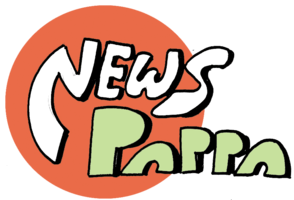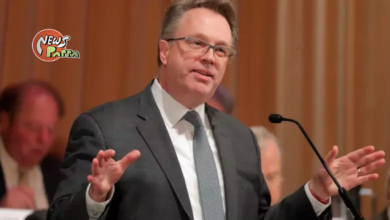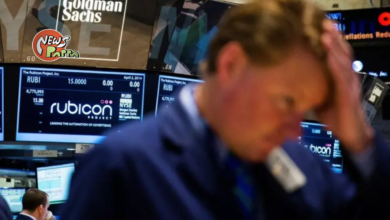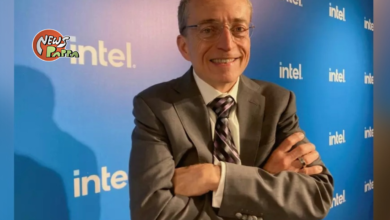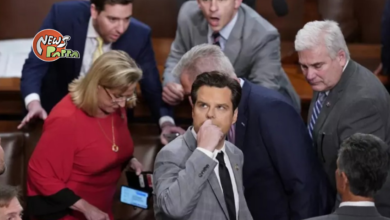Rising interest rates may become permanent, only 3 scenarios could reverse the situation

The latest economic forecasts released by the Federal Reserve (Fed) show that policymakers believe that interest rates will fall more slowly than expected in the future, and the number of interest rate cuts next year may be reduced to only two from the original estimate of four.
This outlook has alarmed the market, because judging from the predictions and speeches of some officials, they may believe that interest rates will not only rise higher and stay at high levels for a longer time, but may even stay at high levels “permanently.” To put it bluntly, the level of the so-called “neutral interest rate” that keeps inflation and unemployment stable in the long run has risen.
For investors , businesses or households who must consider the interest rate outlook for more than ten years and plan ahead , rising interest rates will have a significant impact. It also explains why long-term U.S. Treasury bond yields have jumped sharply in recent months while stocks have faltered.
Factors leading to an increase in the “neutral interest rate”:
Wall Street Journal (WSJ) columnist Greg Ip pointed out that it is obviously an exaggeration to say that the “neutral interest rate” will never look back after it reaches a high level, but the general idea is that. In the long run, the “neutral interest rate” is the result of a number of forces, including demographics, global capital demand, government debt levels, and investors’ assessment of inflation and growth risks.
The “neutral interest rate” cannot be determined in advance and then followed. It can only be estimated based on how the economy responds to certain interest rate levels. If current interest rates do not slow demand or inflation, then the “neutral interest rate” must move higher and monetary policy will not be tight.
Fed Chairman Powell admitted at a press conference on the 20th that although the Fed has raised the policy interest rate from almost 0% to 5.25%~5.5%, the U.S. economy and labor market are still strong. A major factor is “neutral” “Interest rates” have risen, but he added: “We don’t know for sure.”
During the 2007-2009 “Great Recession” and the financial tsunami , economists believed that the “neutral interest rate” was approximately 4% to 4.5%. After deducting the 2% inflation rate, the actual “neutral interest rate” was 2% to 2.5%. %.
Over the next decade, the Fed kept interest rates close to 0%, but growth remained sluggish and inflation remained below 2%, so estimates of the “neutral interest rate” began to decline. Fed officials’ median estimate of the long-term federal funds rate (the Fed’s version of the “neutral rate”) has fallen in real terms, from 4% in 2013 to 2.5% in 2019.
As of the 20th, the median estimate was still 2.5%. But 5 of 18 Fed policymakers put it at 3% or higher, up from 3 in June and 2 in December.
Officials predict that by 2026, the U.S. economy will expand at a long-term growth rate of 1.8%, the unemployment rate is estimated to be at the long-term natural level of 4%, and the inflation rate will fall back to the Fed’s 2% target.
Those conditions usually coincide with the “neutral interest rate.” Officials believe the federal funds rate will end the year at 2.9% – another indication that they believe the “neutral rate” has risen.
An increase in the “neutral interest rate” reflects many factors. In the wake of the global financial crisis, companies, households and banks have worked to reduce debt rather than raise it, reducing demand for loans, which has been lower than savings, suppressing growth and inflation. As the crisis recedes, so does the downward pressure on interest rates.
Another factor is the government deficit:
Federal debt held by the public now stands at 95% of gross domestic product (GDP), up from 80% at the beginning of 2020, and the federal deficit has now reached a GDP ratio that has declined since the COVID-19 pandemic.
It has climbed from below 5% to 6%, and it is expected to continue to rise. For investors to be willing to hold so many bonds, they may have to pay higher interest rates.
The Fed purchased bonds on a large scale after the financial tsunami and continued to buy bonds during the epidemic, trying to support the economy by lowering long-term interest rates. Now, the Fed is gradually reducing its holdings of those bonds.
Suppressing inflation makes the Fed reluctant to cut interest rates:
Inflation itself should not affect the real “neutral interest rate.” However, the Fed’s main concern before the epidemic was that inflation remained below 2% for a long time. This situation made it difficult for the Fed to stimulate spending and could lead to deflation.
That is why the Fed kept interest rates at 2% from 2008 to 2015. The reason is close to 0%. In the future, the Fed’s concern will become that inflation will continue to exceed the 2% target, so it would rather bet on raising interest rates higher than having any intention of returning interest rates to 0%.
Other factors will still depress the “neutral interest rate”, such as the aging of the world’s population, which will reduce demand for home purchases and reduce the willingness of companies to invest in capital assets.
Therefore, the “neutral interest rate” may have risen since 2019, but it has not yet returned to the level before the 2008 financial tsunami. Prices in the futures market at this moment show that traders estimate interest rates in ten years to be around 3.75%.
Three scenarios could turn things around
The above are just predictions. The estimate of the “neutral interest rate” is still likely to fall under the following three scenarios: a painless decline in inflation next year, a sharp slowdown in economic growth, or a sharp drop in U.S. bond yields.
But for now, there are various signs that the investing public should start to get used to higher interest rates in the foreseeable future.
Also Read U.S. stocks sink, hard to find driftwood | Another government shutdown?
